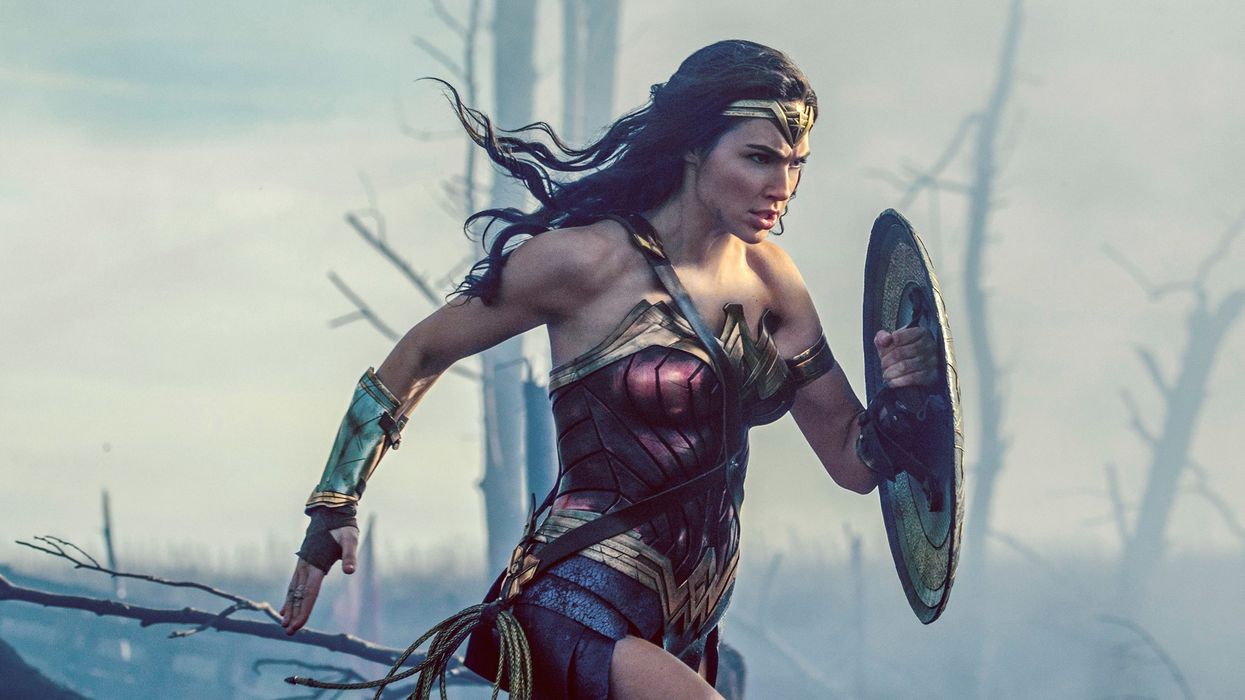Watch: How 'Wonder Woman' Uses Color to Tell a More Dynamic Story
The changing color palette of 'Wonder Woman' isn't just for looks—it's for story.

Critics and fans alike have spoken; Patty Jenkins' Wonder Woman is not only a box office smash, but it also offers DC fans more to get excited about with its epic fight sequences, entertaining dialogue, and one hell of a superheroine. But one less discussed aspect of the film that is particularly intriguing is its clever use of color to add depth and dimension to the story.
In this short video essay, Patrick Willems discusses how Wonder Woman's color palette paints two very different pictures of the the idyllic paradise in which Diana was raised, and the hellish reality where Wonder Woman is born.
The experience of watching Wonder Woman is similar to that of watching Wizard of Oz, only reversed. Instead of opening to Dorothy's sepia-toned Kansas farm and closing on the kaleidoscopic Land of Oz, we open to Diana's verdant, all-female utopia and close on several war-embroiled countries, which are given a liberal dusting of muted cyan.
The juxtaposition of vibrant and muted colors is an indicator that color plays a big role in the story of how Diana became Wonder Woman. We've seen a similar cyan palette in another DC movie, Man of Steel. Unlike Man of Steel, which seems to use it less effectively, just to create a stylized space for two guys to throw each other through skyscrapers, Wonder Woman utilizes it to communicate the film's important themes, as represented by its two main locations: Themyscira and the world beyond its invisible border.


Our own Liz Nord recently interviewed Wonder Woman DP Matthew Jensen and discussed many aspects of the film's visual style, including the conscientious use of color. Jensen explained:
What we were trying to do with Themyscira was to emphasize its natural beauty and have a really full color palette and for you to feel the warmth of the sun and the bronzy, healthy skin tones of the Amazons, and the lush greens and the aquas and cyans of the water.
Then, as we got into London and the Front, we put a heavier emphasis on cyan and we had a lot of overcast light. There's a little more contrast. What we're seeing in front of the lens, there's more blacks and more browns and deep greens. The environment isn't as filled with color as Themyscira is.
A lot of the references that we were looking at of London in particular at that time, it's heavily polluted and you really had black skies because they were still burning coal everywhere. That's something that we wanted to emulate in the looks but we didn't want to get too oppressive. Just to give you a palpable sense of the environment.
Source: Patrick (H) Willems












